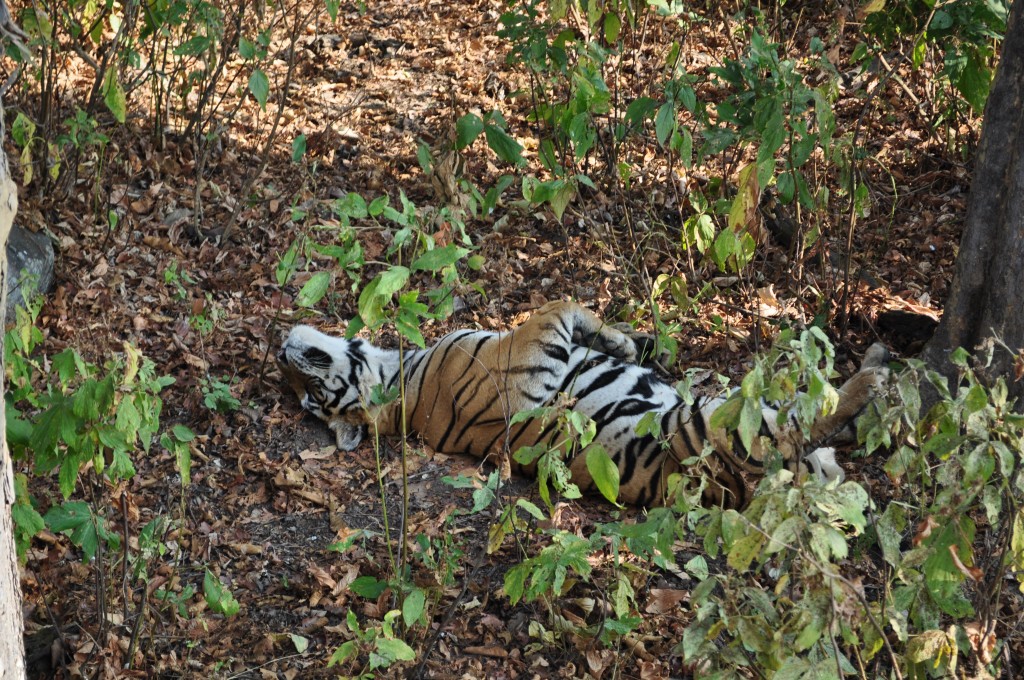India is an enigma. A perplexing conundrum if you will.
On the one hand, it is a magic kingdom speckled with splashes of vivid saris and home to a mystifying collection of mouthwatering curries. A place where every turn holds some head shaking experience (a troop of monkeys on a rooftop, a cow wandering on the train platform, a hill country market nestled in tea plantations selling exotic spices like vanilla and cardamom for pennies a pound).
On the other hand, it is home to some of the most depraved examples of humanity one can imagine. The family under the stairs may be waiting for a train, but more likely they are living there. Human waste trickles in open air drains like a lazy bluish river. Ear splitting horns from every moving vehicle make your head ring. Beggars with leprosy (or just A LOT of open sores) scoot by asking for handouts.
It can leave a visitor bewildered. Do I love it, or hate it? Do I want to stay forever, or can I not wait to GET THE HELL OUT OF HERE?
During the past few days we have seen both sides, and while we are writing this from the calm South Pacific paradise of Palau, we are in detox – at once missing the exotic pizazz but somehow still feeling the need to scrub the horridness from our skin.
A week ago we landed in the dead center of the India, the orange dot on India’s third-eye, with the sole intention of seeing a wild tiger. The trio of parks known as Pench, Kahana and Bandavargh contain the densest population of non-zoo tigers in the world, and were the inspiration to Kipling’s The Jungle Book. The setup went like this: get up at 5:30 AM, drive around in an open air jeep peering into the bamboo thickets until you happen to spot a tiger (or one walks across the road), then try to outjockey the other jeeps for the few seconds before the creature slips away.
Tigers are huge and orange, but they are solitary with the uncanny ability to disappear at will. No doubt we drove past dozens of cats without ever seeing them. Park officials track tigers from the tops of elephants (the only creature in the jungle not terrified of them), and occasionally when a tiger is resting or has made a kill, they allow visitors to climb aboard for a closer look. That’s how we found ourselves a few feet away staring down on a huge male cat as he lolled in the grass yawing and stretching as if he didn’t have a care in the world.
We learned to identify pug marks (tiger footprints in the sand), the warning cries of spotted deer (sounding like barking yelps), the way a clawed tree looks different if a leopard or a tiger has used it to mark its territory. We discovered that deer and langur monkeys are friends and work in teams to keep a sharp lookout for predators. But mostly we learned that tigers are very, very hard to see in the wild, which helps explain why you don’t see too many National Geographic documentaries about them.
 An overnight train ride later we awoke in Agra, with another sole intention – this time to view the Taj Mahal. Unfortunately, teak forests were replaced by derelict buildings, the calls of peacocks substituted for the ungodly roar of busses, and instead of untouched wilderness we encountered touts, pushy salespeople, mangy dogs, and saddening slums. Agra is one of the nastiest cities in the world.
An overnight train ride later we awoke in Agra, with another sole intention – this time to view the Taj Mahal. Unfortunately, teak forests were replaced by derelict buildings, the calls of peacocks substituted for the ungodly roar of busses, and instead of untouched wilderness we encountered touts, pushy salespeople, mangy dogs, and saddening slums. Agra is one of the nastiest cities in the world.
The Taj Mahal, however is one of those rare sites that exceeds expectations. Photos don’t do it justice, in part because the level of detail is what baffles belief. Sure, at a distance it’s arguably the most beautiful building in the world. But get up close, and you realize that everything is covered in marble inlay using semi-precious stone. Sixty-five pieces of jewels were used to create one flower bud the size of a half-dollar. And there are literally thousands of flowers coating the building. What’s even more impressive is knowing that it was all built hundreds of years ago using nothing but hand tools. It is no wonder the construction of the Taj Mahal bankrupted the kingdom in its time.
“Toxic” is a word Kristy and Kate use to describe a perpetually negative state of mind. India can do that to a person. As we sit in our waterfront restaurant munching on fresh sashimi and calamari, the toxic ending to our three weeks in India is slowly melting away. Tomorrow we SCUBA dive, hoping the clean crystal blue water cleanses us of the past few days. In time, we are expecting the memories of tiger safaris and backwater Keralan cruises to be the memories that linger. But we are pretty sure it will be a few years before we are ready to meet India’s two sides again. Conundrum, indeed.

I like this post, enjoyed this one thankyou for posting .